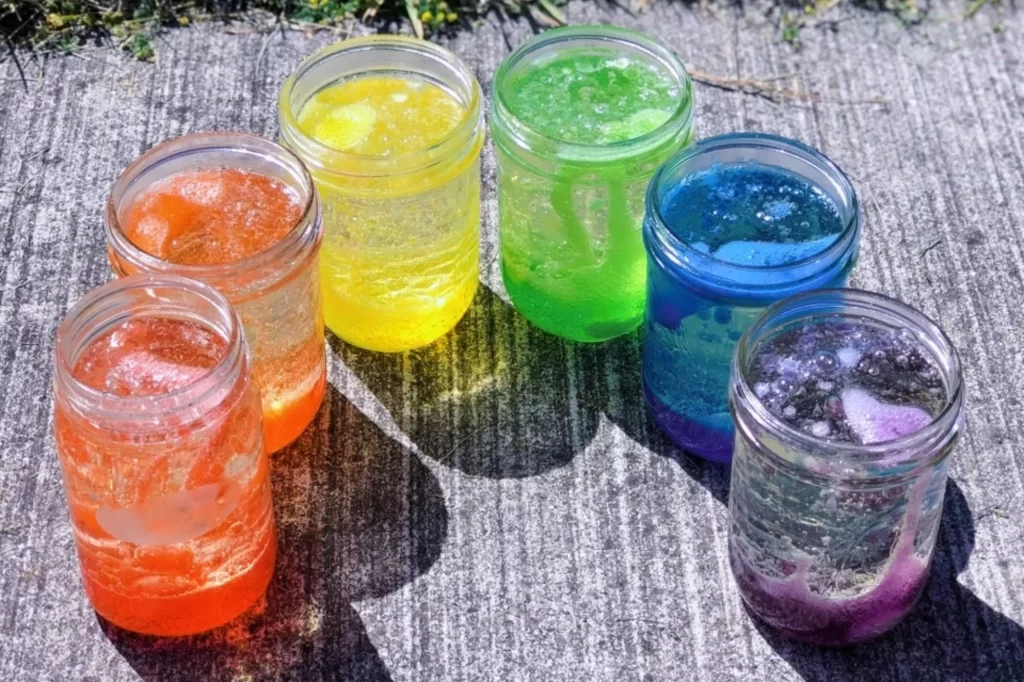Illuminating Easter Wonders – Unveiling the Secrets of Lava Lamps in a Science Experiment
Easter, a season of renewal and celebration, invites us to explore the wonders of science in a creative and illuminating way. What better way to engage in scientific discovery than by unraveling the secrets behind the mesmerizing lava lamp? In this intriguing science experiment, we will delve into the fascinating world of density and buoyancy to create our very own Easter-themed lava lamp. To embark on this adventure, gather a few simple materials – a clear plastic or glass container, water, vegetable oil, Alka-Seltzer tablets, food coloring in vibrant Easter hues, and a flashlight. Assemble your young scientists and get ready to unlock the secrets of the captivating lava lamp. Start by filling the container halfway with water. This will serve as the base for your lava lamp. Next, pour vegetable oil into the container, leaving some space at the top. The oil and water will form separate layers due to their different densities, setting the stage for the mesmerizing lava lamp effect.

Add a few drops of Easter-themed food coloring to the oil. Watch as the drops descend through the oil and mix with the water below, creating vibrant bursts of color reminiscent of dyed Easter eggs. The food coloring represents the visual appeal of the lava lamp, adding an element of festivity to the experiment. With the colors swirling in your container, it is time to create the lava lamp magic. Break an Alka-Seltzer tablet into small pieces and drop them one at a time into the mixture. As the tablets react with the water, they release carbon dioxide gas in the form of bubbles. These bubbles rise through the oil, carrying droplets of colored water with them. When the bubbles reach the top, the water droplets fall back down, creating a mesmerizing lava lamp effect. To enhance the visual experience, shine a flashlight through the bottom of the container. Easter lava lamp science experiment will illuminate the rising bubbles and cascading water droplets, transforming your Easter-themed lava lamp into a captivating display of colors and motion.
Now comes the creative part. This experiment is not only visually stunning but also educational. It introduces the concepts of density and buoyancy in a hands-on and memorable way. The vegetable oil, being less dense than water, floats on top, creating a distinct separation between the two liquids. The Alka-Seltzer tablets, when added, release carbon dioxide gas, creating bubbles that rise through the oil due to their buoyancy. As the children observe the dance of colors and bubbles in their homemade lava lamps, they are not only witnessing a delightful Easter spectacle but also gaining a deeper understanding of fundamental scientific principles. Easter-themed lava lamp experiment offers a perfect blend of creativity and scientific exploration. It transforms a simple combination of water, oil, and Alka-Seltzer into a mesmerizing display of colors and motion, making science both entertaining and enlightening. So, gather your young scientists, embrace the spirit of Easter, and let the secrets of the lava lamp unfold in a dazzling burst of scientific wonder.